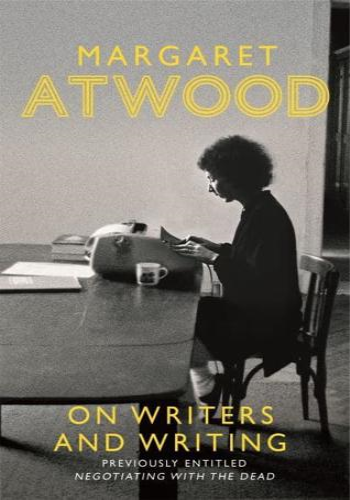By the author of THE HANDMAID'S TALE and ALIAS GRACE
What is the role of the writer? Prophet? High Priest of Art? Court Jester? Or witness to the real world? Looking back on her own childhood and the development of her writing career, Margaret Atwood examines the metaphors which writers of fiction and poetry have used to explain - or excuse! - their activities, looking at what costumes they have seen fit to assume, what roles they have chosen to play. In her final chapter she takes up the challenge of the book's title: if a writer is to be seen as 'gifted', who is doing the giving and what are the terms of the gift?
Margaret Atwood's wide and eclectic reference to other writers, living and dead, is balanced by anecdotes from her own experiences as a writer, both in Canada and on the international scene. The lightness of her touch is underlined by a seriousness about the purpose and the pleasures of writing, and by a deep familiarity with the myths and traditions of western literature.
Praise for On Writers and Writing:
'...a streetwise, erudite suggestive enquiry into problems and myths of the writer's role. Her light touch on hard thoughts, her humour and eclectic quotations, lend enchantment to an argument that has as many undulating tentacles as a well developed sea anemone' -INDEPENDENT
'Her witty, occasionally self-deprecating and always ingenious approach is a delight' -SUNDAY TIMES
'A witty and profound rumination about writing' -THE TIMES







